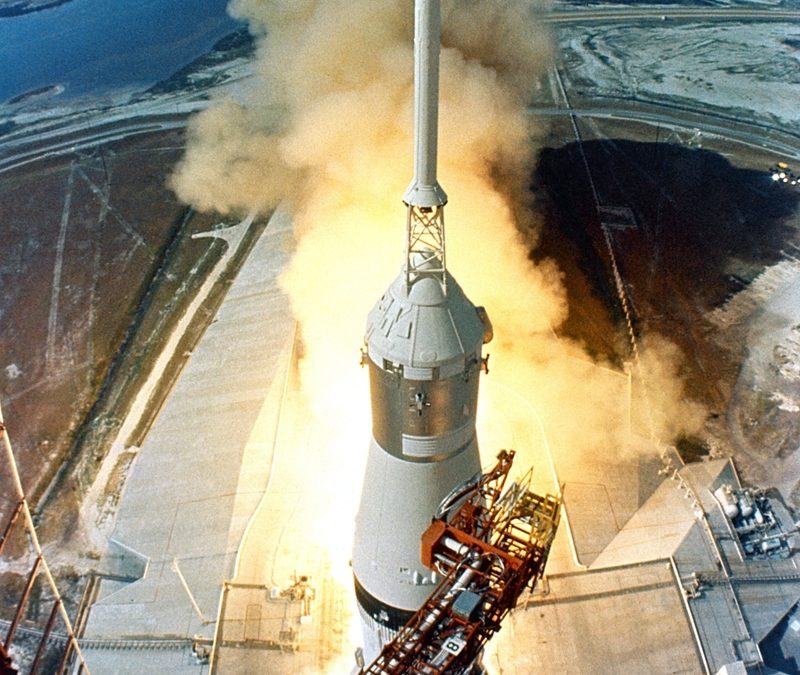Even though I was a child, I remember the space race of the 1960’s. That’s because my Dad was at the School of Aerospace Medicine, where human physiology research was being conducted at a breakneck pace.
To handle the problem that ink pens didn’t work without gravity, NASA spent a lot of money to develop a pen that would write upside down, while the Soviets just used pencils. We got to the moon first, but are currently dependent on the Russian Soyuz for transportation back and forth to the International Space Station.
Some ideas are valuable because they are practical; some ideas are practical because they create value. Our field needs both types of solutions. Wound care is involved in a technology race, albeit an undeclared one. We are racing to find solutions before the money to pay for them runs out, and before the payers simply take matters into their own hands and decide what to pay for without input from us.
Read more in this month’s TWC editorial.

Dr. Fife is a world renowned wound care physician dedicated to improving patient outcomes through quality driven care. Please visit my blog at CarolineFifeMD.com and my Youtube channel at https://www.youtube.com/c/carolinefifemd/videos
The opinions, comments, and content expressed or implied in my statements are solely my own and do not necessarily reflect the position or views of Intellicure or any of the boards on which I serve.




Yes, but how did the Russians sharpen their pencils without getting shavings and lead everywhere?
Initially they used wax pencils that did not require sharpening. Later The Russians and NASA used Fisher space pens.